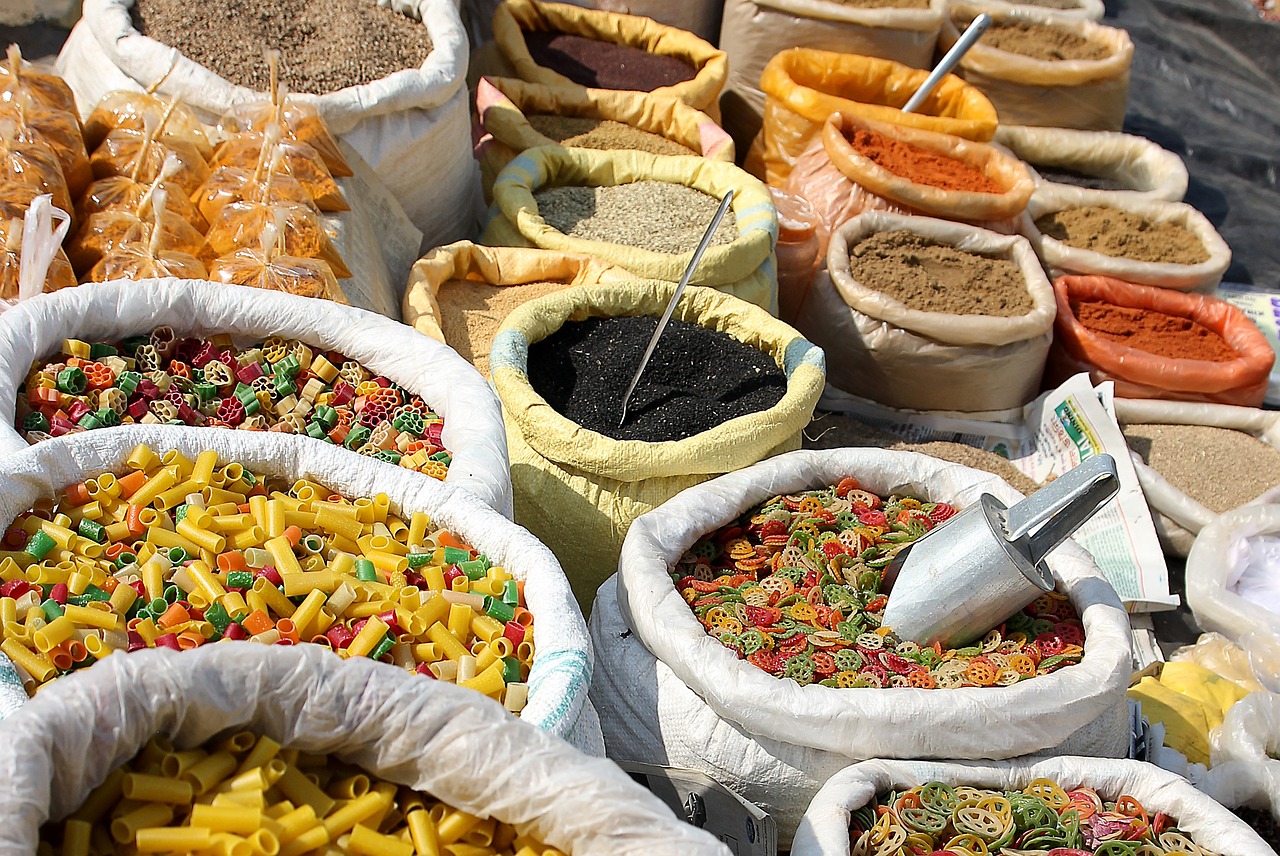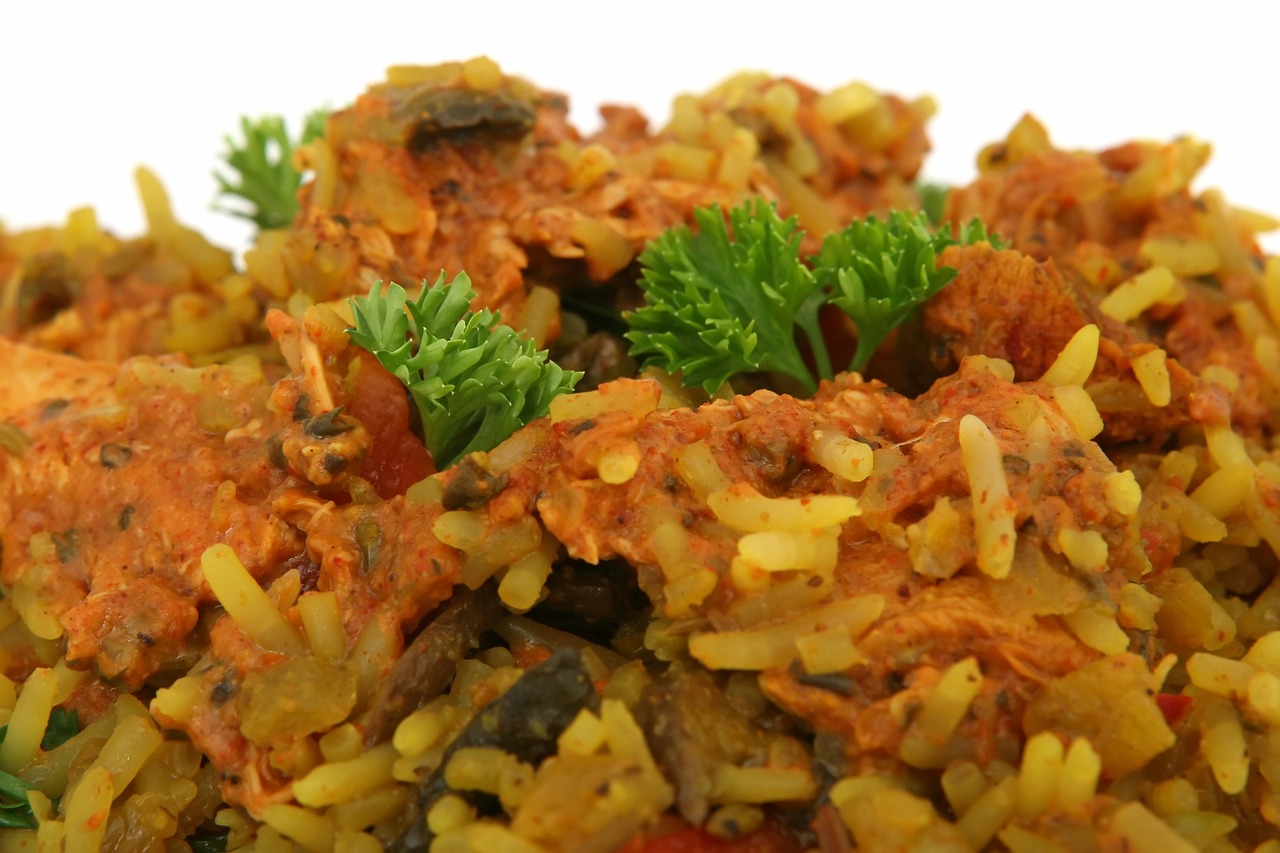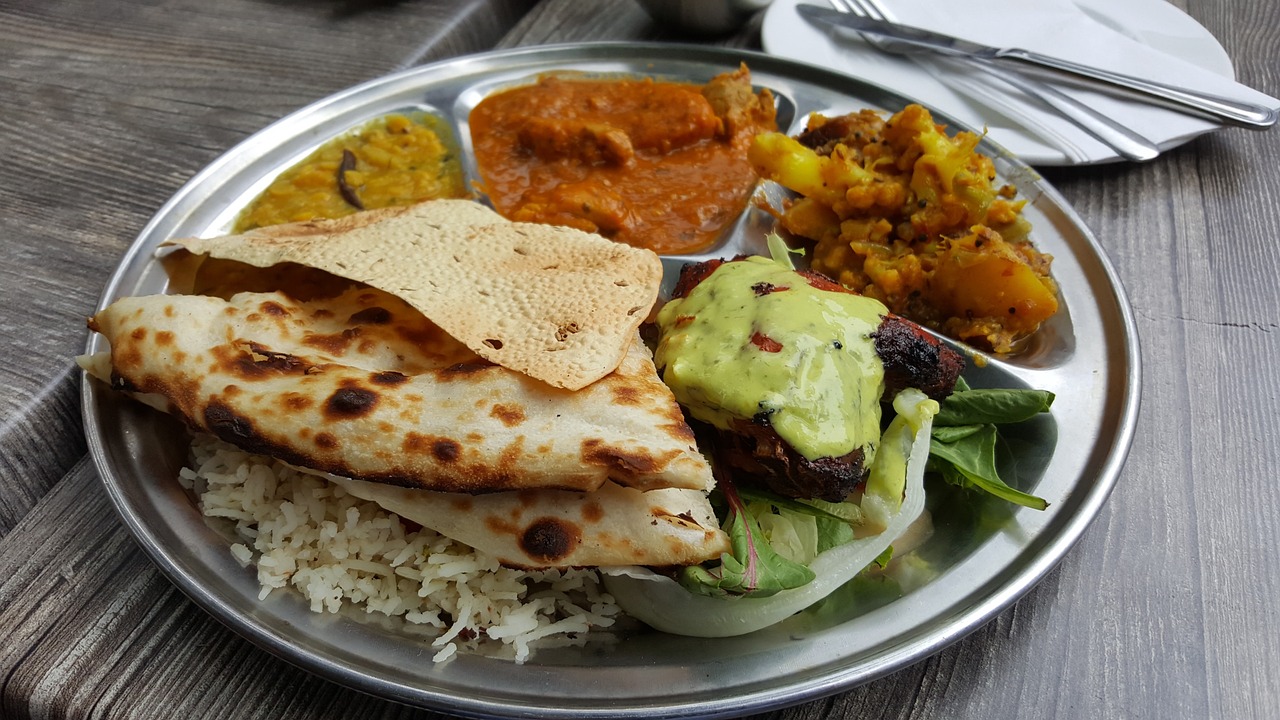Indian Lentil Soup (Dahl)

Indian Lentil Soup, commonly known as Dahl, is a staple in Indian cuisine that delights the taste buds with its rich flavors and nutritional goodness. This traditional dish, made from lentils, showcases the vibrant and diverse culinary heritage of India. Let's delve into the world of Dahl and uncover its secrets.
Ingredients Used in Dahl
Indian Dahl, a traditional and beloved dish, boasts a rich and flavorful profile thanks to its key ingredients. Lentils take the spotlight, providing a hearty base for this nutritious soup. The aromatic blend of spices like cumin and turmeric adds depth and warmth to every spoonful. Alongside these, onions, garlic, and tomatoes work harmoniously to create a symphony of flavors in every bowl.
When preparing Dahl, the careful selection and combination of ingredients play a crucial role in achieving the perfect balance of taste and nutrition. Lentils, the star of the show, are cooked to tender perfection, offering a creamy texture that is both comforting and satisfying. The spices, such as cumin and turmeric, not only enhance the taste but also infuse the dish with a vibrant color that is as visually appealing as it is delicious.
To create a truly authentic Indian Dahl, one must pay attention to the quality and freshness of the ingredients. Each component - from the earthy lentils to the pungent garlic - contributes to the overall character of the dish. The careful layering of flavors, starting with the sautéed onions and garlic, culminating in the addition of tomatoes and spices, results in a complex yet harmonious taste profile that is sure to tantalize the taste buds.
Preparation Methods
When it comes to preparing the delicious Indian lentil soup, Dahl, there are various that can be employed to achieve the perfect texture and flavor. Let's delve into some of the most common techniques used by cooks to create this hearty dish:
- Stovetop Simmering: One of the traditional ways to cook Dahl is through stovetop simmering. This method involves gently cooking the lentils with spices, onions, and tomatoes in a pot over low heat. The slow simmer allows the flavors to meld together, resulting in a rich and aromatic soup.
- Pressure Cooking: For those looking to save time without compromising on taste, pressure cooking is a popular method. By using a pressure cooker, lentils can be cooked quickly and efficiently, retaining their nutrients while still achieving a smooth and creamy consistency.
- Slow Cooking: Another approach to preparing Dahl is through slow cooking, which involves simmering the lentils and spices over a longer period. This method allows the flavors to intensify and develop gradually, creating a deeply flavorful and comforting soup.
Each of these offers a unique way to experience the rich and aromatic flavors of Indian Dahl. Whether you prefer the traditional stovetop simmering, the convenience of pressure cooking, or the depth of flavor from slow cooking, there is a method that suits every cook's preference and time constraints.
Regional Variations
Dahl, the beloved Indian lentil soup, showcases a diverse range of regional variations across the vast subcontinent. Each region adds its unique twist to this comforting dish, infusing it with local flavors and ingredients that reflect the cultural tapestry of India. From the fiery spices of the North to the coconut-infused sweetness of the South, the regional variations of Dahl offer a culinary journey like no other.
In the North, where the winters are harsh and hearty meals reign supreme, Dahl takes on a robust flavor profile. Here, you may find Dahl simmered with ghee, ginger, and a blend of warming spices like cumin and coriander. The result is a thick and satisfying soup that warms you from the inside out, perfect for chilly evenings by the fireplace.
Traveling to the coastal regions in the West, Dahl undergoes a transformation influenced by the abundance of seafood and tropical produce. Here, you might encounter a lighter version of Dahl, flavored with coconut milk, curry leaves, and a hint of tangy tamarind. The infusion of these coastal elements creates a refreshing and aromatic dish that pairs perfectly with freshly caught fish.
In the East, known for its fertile lands and vibrant culture, Dahl takes on a spicy and tangy character. Here, Dahl is often prepared with mustard seeds, green chilies, and curry powder, resulting in a zesty and invigorating soup that tantalizes the taste buds. The bold flavors of the East bring a new dimension to this classic dish, showcasing the region's culinary prowess.
Heading down to the South, where coconut palms sway in the tropical breeze, Dahl embraces a sweeter and creamier profile. Coconut milk, curry leaves, and a medley of vegetables such as okra and eggplant are often added to create a rich and indulgent version of this iconic soup. The South's take on Dahl is a harmonious blend of sweet, savory, and spicy notes that transport you to sun-kissed shores.
Each regional variation of Dahl tells a story of the land it hails from, capturing the essence of India's diverse culinary heritage. Whether you prefer the bold flavors of the North, the coastal influences of the West, the zesty creations of the East, or the tropical sweetness of the South, there is a regional variation of Dahl to suit every palate and preference.
Cultural Significance
Dahl, the iconic Indian lentil soup, goes beyond being just a dish; it embodies a rich cultural heritage that has been passed down through generations. In Indian culture, food is not merely sustenance but a reflection of traditions, values, and community. Dahl holds a special place in the hearts of many Indians, symbolizing warmth, comfort, and togetherness.
When served during festivals and family gatherings, Dahl becomes more than just a meal; it becomes a symbol of celebration and unity. The aroma of simmering lentils and spices fills the air, creating an atmosphere of joy and festivity. It is a dish that brings people together, fostering connections and strengthening bonds.
Historically, Dahl has been a staple in Indian households, passed down from one generation to the next. Its preparation is often a communal activity, with family members coming together to cook, share stories, and create memories. This communal aspect of preparing and enjoying Dahl highlights the importance of family, tradition, and sharing in Indian culture.
Moreover, Dahl is often associated with comfort and healing. In times of illness or distress, a warm bowl of Dahl is believed to have soothing properties, both for the body and the soul. Its simple yet nourishing ingredients offer a sense of solace and well-being, making it a go-to dish for moments of need.
Furthermore, the cultural significance of Dahl extends beyond its taste and nutritional value. It represents the diversity of Indian cuisine, showcasing the myriad flavors, spices, and cooking techniques that vary from region to region. Each variation of Dahl tells a story of the land it hails from, reflecting the unique culinary traditions and influences of that area.
In conclusion, Dahl is not just a soup; it is a cultural symbol that embodies the essence of Indian traditions, values, and flavors. Its significance goes beyond the dining table, reaching into the hearts and homes of those who cherish its heritage and legacy.



 HazalVardal
HazalVardal 





